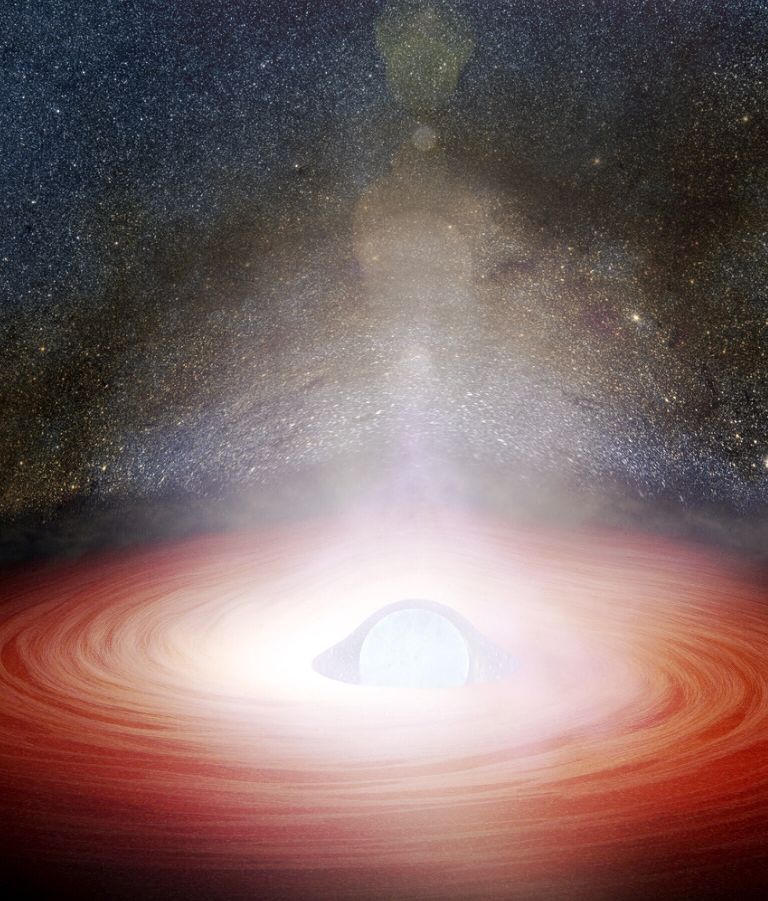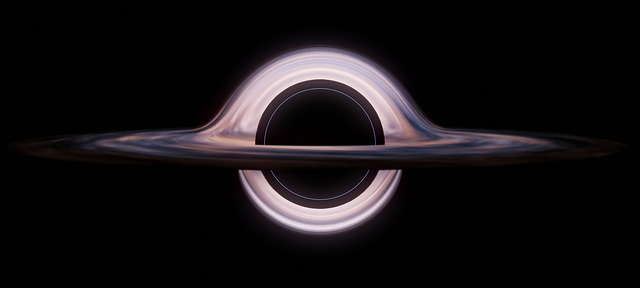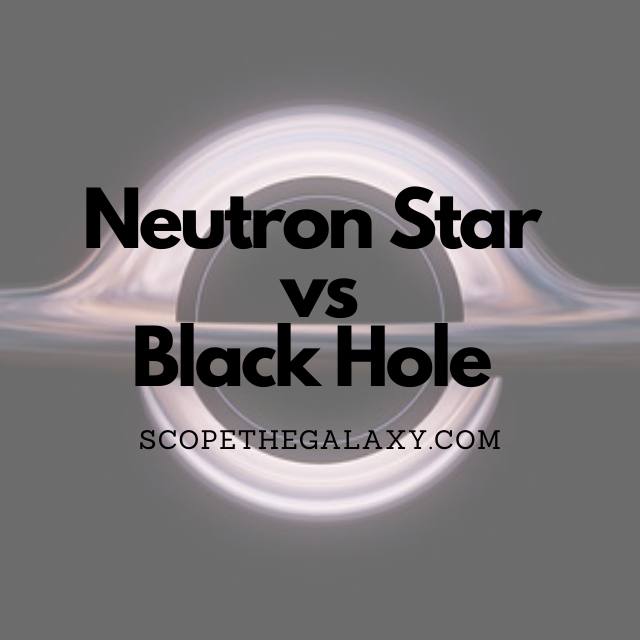*This post may contain affiliate links. This means we may make a commission if you purchase an item using one of our links*
Neutron stars and black holes are both the by product of products of dead stars, specifically those that die in a violent supernova explosion. Neutron stars form when a star lower than 3 M in mass or above 1.44 solar masse dies whilst black holes form when larger stars that are 4 solar masses large die in a nova explosion.
Both are extremely dense with a neutron star simply the by product of dead stars that have condensed the electrons and protons so densely that only neutrons remain, whilst black holes are condensed so densely into a singular point where gravity is so intense that light is unable to escape its grasp and black dense entity remains.
What Is A Neutron Star?
Table of Contents

When a star 10 to 20 times more massive than our own sun or more massive than the Chandrasekhar limit of 1.44 solar masses, reaches the end of its life, the core collapses, and the outer matter explodes in a supernova. What remains is known as a neutron star.
The neutron star gets its name from the fact that after the initial explosion of the star, gravity presses the remaining material so tightly that it forces protons and electrons to combine and form neutrons.
If the star’s mass is greater than 20 times our sun’s, this reaction is likely to create a black hole. While black holes are almost impossible to observe, neutron stars are straightforward, thanks to pulsating light.
A neutron takes a mass greater than twice the sun’s mass and condenses it into a spherical object no bigger than one of Earth’s cities. These mysterious objects are still not entirely understood by scientists.
The atmosphere of a neutron star comprises hydrogen, helium, and carbon. The outer crust contains ions and electrons, while the inner crust contains ions and superfluid neutrons. The outer core is superconducting protons, but what exactly comprises the inner core? That fact remains unknown.
The gravity of these objects is so strong that it literally bends its light waves around its body, making it easier for scientists to determine the size and mass of these stars.
What Is A Black Hole?

A black hole is created when a large star about 4 solar masses large collapses below its Schwarzschild radius causing a supernova explosion. The density of the star creates a massive gravitational pocket and pulls everything within its vicinity into it.
The edge of a black hole is known as the event horizon and once something crosses this point, there is no escape. The gravitational pull of a black hole is so immense that even light is sucked inside.
All objects pulled in are subjected to an unimaginable crushing gravitational force as they are pulled toward the super dense end point of the black hole known as the singularity.
Black holes can be split into a variety of different types such as a supermassive black hole, intermediate mass black hole, and stellar mass black hole.
Stellar mass black holes are formed as described above by the death of a large star collapsing inward on itself. An intermediate mass black hole is slightly larger than a stellar mass black hole and may form be acquiring stars within its reach although not many have been discovered so little is still known about them.
A supermassive black hole can be found at the center of a galaxy and consumes stars and smaller black holes in order to obtain its massive size – millions of times larger than our Sun.
Are Neutron Stars Failed Black Holes?
Neutron stars are formed when a star that is below the mass of 3M or above Chandrasekhar limit of 1.44 solar masses explodes in a supernova like explosion whilst black holes are formed when a stellar object above 4 solar masses explodes.
You could argue that a neutron star is a failed black hole as both final forms are as a result of stars dying via a supernova explosion, with those too small becoming neutron stars and those much larger, black holes.
In essences both, although similar in various ways are different entities so classifying neutron stars as failed black holes doesn’t make much sense considering white dwarfs, magnetars or pulsars are also the other remnants that could form if a black hole isn’t the final by product.
Similarities Between Neutron Stars And Black Holes
Although completely different in how they look, both of these celestial entities do have their fair share of similarities, some of which include the below:
- Both are created after a star dies violently via a supernova explosion.
- Both are extremely dense entities
- Neutron stars and black holes both have very strong magnetic fields
- Both have an extremely strong gravitational pull with black holes typically being stronger due their size.
- Both entities warp space time and matter around them
Differences Between Neutron Stars And Black Holes
Despite their similarities, they are still vastly different in a number of ways. Some of these differences include the below:
- Black holes are much larger in mass than neutron stars with the largest supermassive black holes ranging from million to billions of solar masses whilst the largest neutron stars would sit around 2 – 3 solar masses.
- Neutron stars are significantly brighter than black holes even if neutron stars aren’t the most luminous due to their size.
- Neutron stars are virtually the densest solid matter in space whilst black aren’t solid objects.
- Black holes trap all the surrounding light that crosses its vicinity whilst Neutron stars do not.
- Neutron stars are made of compactly packed together neutrons whilst we don’t know what components are used to make black holes besides the explosion necessary to form them.
- Black holes are extremely cold near its centre where its 1.4 x 10-14 Kelvin, a figure that’s very close to absolute zero whilst neutron stars are very hot, with some achieving a surface temperature of 670,000 degrees on its surface and beyond the closer you get to its core.
- Neutron stars pulsate or flicker at regular intervals
Summary
Neutron stars and black holes are very similar in the ways they’re formed and even a lot of their core characteristics such as a strong magnetic field, overall dense presence and how black holes are produced in the same way with the only difference being the size of the star that dies to create them.
It’s more so on the physical side of things where the 2 differ significantly, from the difference in their natural state where neutron star are solid and black holes aren’t, their temperatures where black holes are almost absolute zero and neutron stars are blazing hot, the difference of brightness for obvious reasons and beyond.
These are among the most powerful entities in our universe so despite their differences they aren’t all that different from each other.

